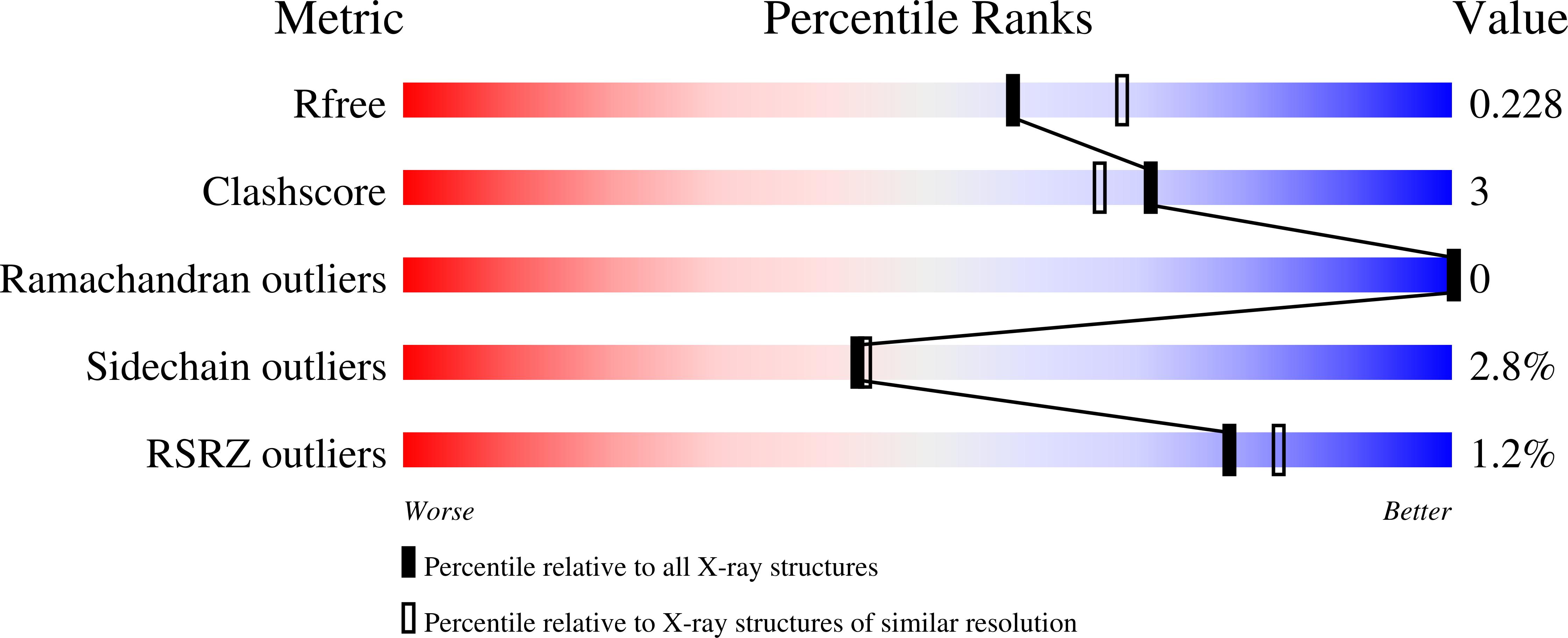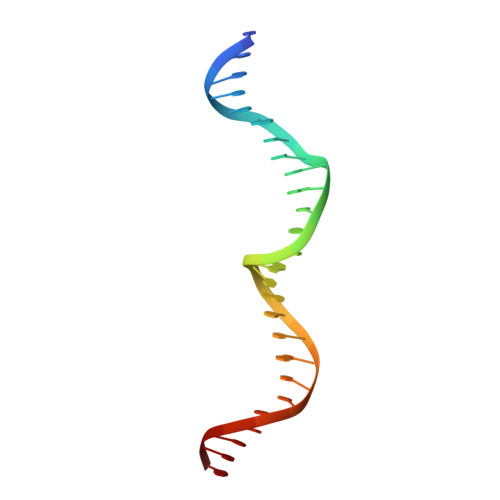Tuning DNA binding affinity and cleavage specificity of an engineered gene-targeting nuclease via surface display, flow cytometry and cellular analyses.
Niyonzima, N., Lambert, A.R., Werther, R., De Silva Feelixge, H., Roychoudhury, P., Greninger, A.L., Stone, D., Stoddard, B.L., Jerome, K.R.(2017) Protein Eng Des Sel 30: 503-522
- PubMed: 28873986
- DOI: https://doi.org/10.1093/protein/gzx037
- Primary Citation of Related Structures:
5T8D, 5V0Q - PubMed Abstract:
The combination of yeast surface display and flow cytometric analyses and selections is being used with increasing frequency to alter specificity of macromolecular recognition, including both protein-protein and protein-nucleic acid interactions. Here we describe the use of yeast surface display and cleavage-dependent flow cytometric assays to increase the specificity of an engineered meganuclease. The re-engineered meganuclease displays a significantly tightened specificity profile, while binding its cognate target site with a slightly lower, but still sub-nanomolar affinity. When incorporated into otherwise identical megaTAL protein scaffolds, these two nucleases display significantly different activity and toxicity profiles in cellulo. The structural basis for reprogrammed DNA cleavage specificity was further examined via high-resolution X-ray crystal structures of both enzymes. This analysis illustrated the altered protein-DNA contacts produced by mutagenesis and selection, that resulted both in altered readout of those based and a necessary reduction in DNA binding affinity that were necessary to improve specificity across the target site. The results of this study provide an illustrative example of the potential (and the challenges) associated with the use of surface display and flow cytometry for the retargeting and optimization of enzymes that act on nucleic acid substrates in a sequence-specific manner.
Organizational Affiliation:
Vaccine and Infectious Disease Division, Fred Hutchinson Cancer Research Center, 1100 Fairview Ave. N., Seattle, WA 98109, USA.

















